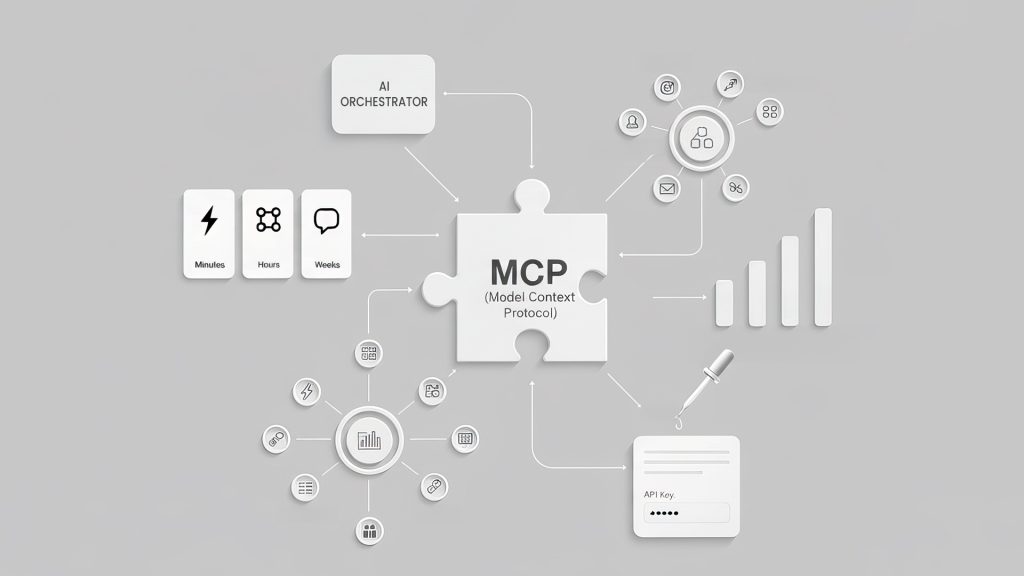In today’s rapidly evolving technological landscape, where AI advances at unprecedented speeds, we’re witnessing innovations become obsolete within months. While benchmarks and comparisons abound, they quickly become irrelevant as better alternatives emerge.
The Truth: Rather than getting caught in the cycle of switching between AI platforms, debating benchmarks, or game-changing ChatGPT prompts, you can quietly gain an advantage by implementing what we’ll discuss in this detailed article.
The fundamental truth remains: work still needs to be done.
An efficient workflow dramatically enhances productivity for you, your team, and your business. While everyone fixates on the latest AI tools and image prompting techniques, the vast majority of your business operations still require attention.
TL;DR – Too Long; Didn’t Read
They create a direct link between AI and your business tools, turning tedious Amazon seller tasks into automated workflows with expert analysis—in minutes, not hours.
While big brands catch up, you can quietly implement MCPs today to gain an operational advantage they’ll need 1–2 years to turn the ship around.
While large agencies (some, not all) waste resources running low-paid sweatshops to scale, small agencies with talented teams can now compete effectively as MCPs allow each team member to be 10× more productive.
You will no longer have to waste time on LinkedIn comment threads only to be sent broken n8n workflows that don’t match your business needs or be bait-and-switched into booking a sales call with them to get the flow.
Transform your entire Amazon operation from a chaotic juggling act into a streamlined business. Free yourself and your team from drowning in Seller Central minutiae. MCPs turn tedious supplier negotiations, inventory forecasting, and PPC campaign analysis into systems that not only provide expert-level insights in minutes rather than hours, but also empower everyone on your team to work more effectively with clear direction and reduced administrative overhead.
This operational advantage gives you a 1–2 year head start over competitors who remain stuck pontificating rather than running a razor-sharp managed business. MCPs free up your time to focus on what truly matters, rather than getting lost in technical distractions.
Begin with simple read-only access to prove immediate ROI, then expand strategically. If a task requires expertise but not creativity, it’s ripe for MCP automation while your competitors are still debating which AI model has the best benchmarks.
1. What MCPs Actually Are (The Simple Version)
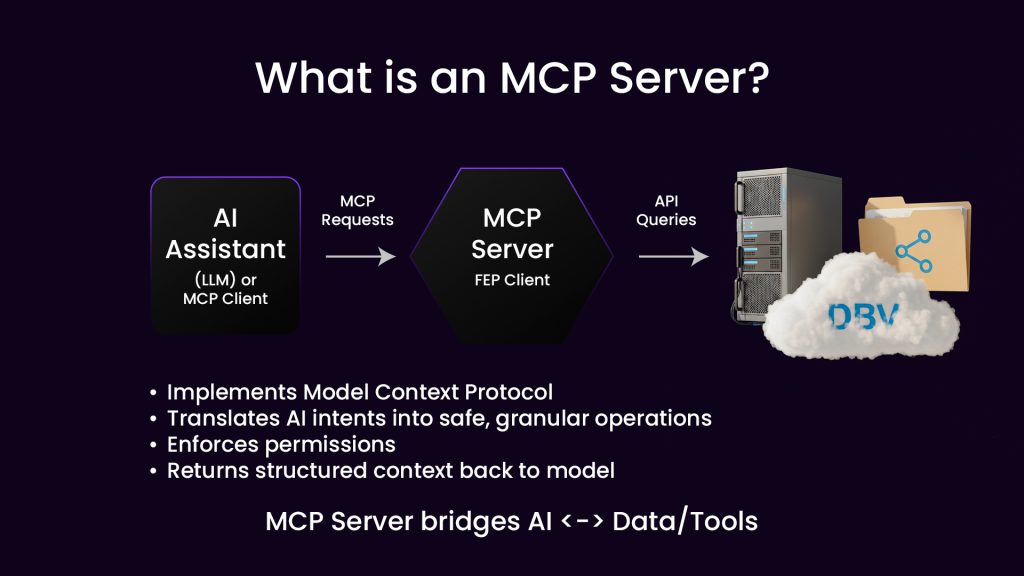
Model Context Protocol (MCP) is an open standard created by Anthropic in November 2024. Think of it as the USB-C port for AI applications.
Before USB-C, every device needed its own cable—phone chargers, laptop chargers, headphones, all different. USB-C created one universal standard. MCP does the same thing for AI connections to business tools.
MCPs in Action: Hidden vs. Direct Control
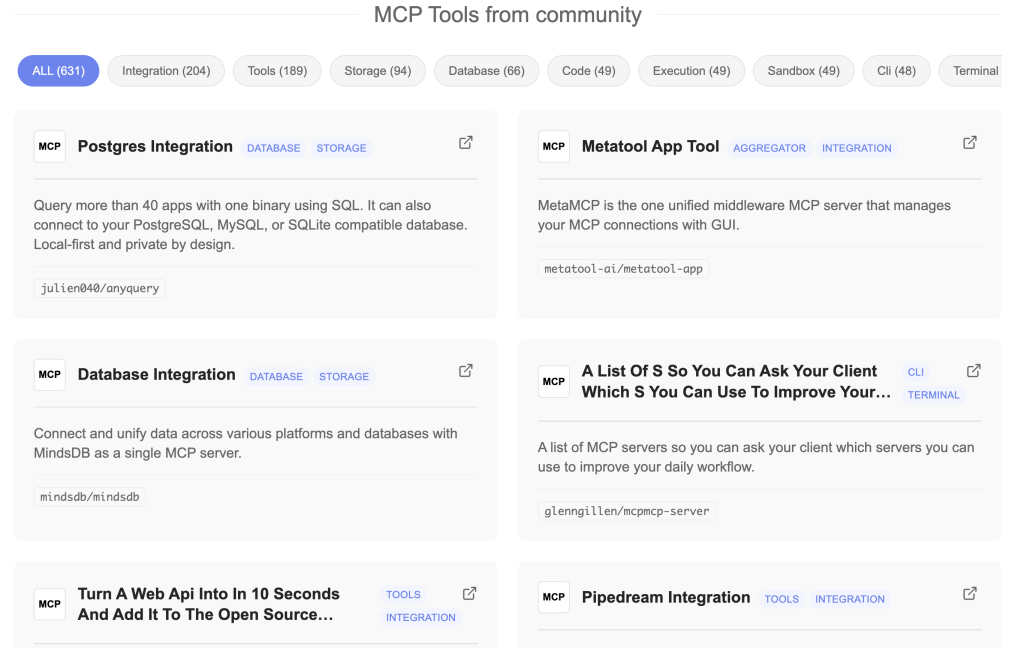
The Future of Workflow (It’s Not What You Think)
The future isn’t about AI operating in isolation, nor is it simply automation combined with human processes. It’s about implementing effective ‘Human in the Loop’ systems that allow your team to excel.
- You’ll continue using N8N.
- You’ll continue using ChatGPT.
- You’ll continue creating AI-generated images.
- Software companies will remain relevant.
2.Real-World Application: My Production MCP Setup
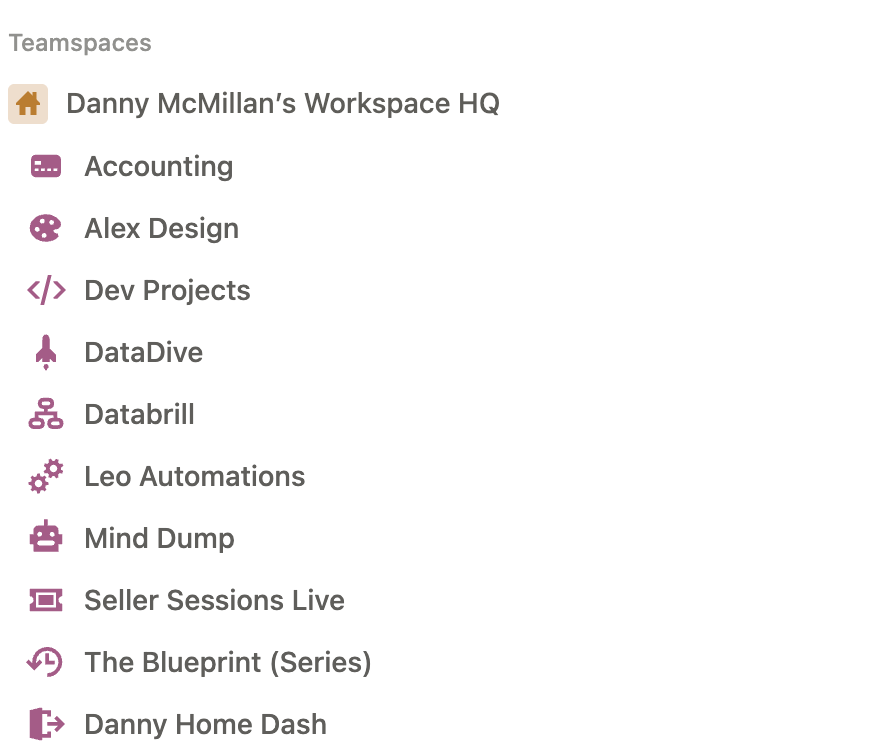
To demonstrate what’s actually possible with MCPs, let me walk through my production setup and how it enables coordination across two businesses and engineering teams.
The ADHD-Optimised Mission Control System

My Solution: A standardised Notion workspace with 7 project areas, each following identical patterns:
Personal & Business Areas:
- Danny Home Dash – Personal command centre
- Alex Design – Website, podcast, video editing
- Dev Projects – Technical implementations
- Seller Sessions Live – Event management
Professional & Development:
- Accounting – Financial tracking
- DataBrill – Product development
- DataDive – Data analysis projects
- Tasks Database Project-specific task management
- Meetings Database AI transcription with action items
- Claude Projects AI conversation archives
- Trap House Reference materials and SOPs
The Archive Mode: How I Increased My Workflow Volume by 400% While Saving 30+ Hours Monthly in the Minutiae
My Team Structure:
- Leo: Future projects + automation/MCP development
- Milan: Website management + deployed tools
- Ellis: Co-founder/partner at DataBrill
- DataDive Engineering Team: Weekly collaboration
The Problem Without Archive Mode:
- Context is lost between Claude conversations
- Engineers can’t see the full reasoning behind decisions
- Handoffs become verbal explanations, missing nuances
- Work gets duplicated without documented solutions
- High-volume decision-making creates bottlenecks
How the Archive MCP System Works
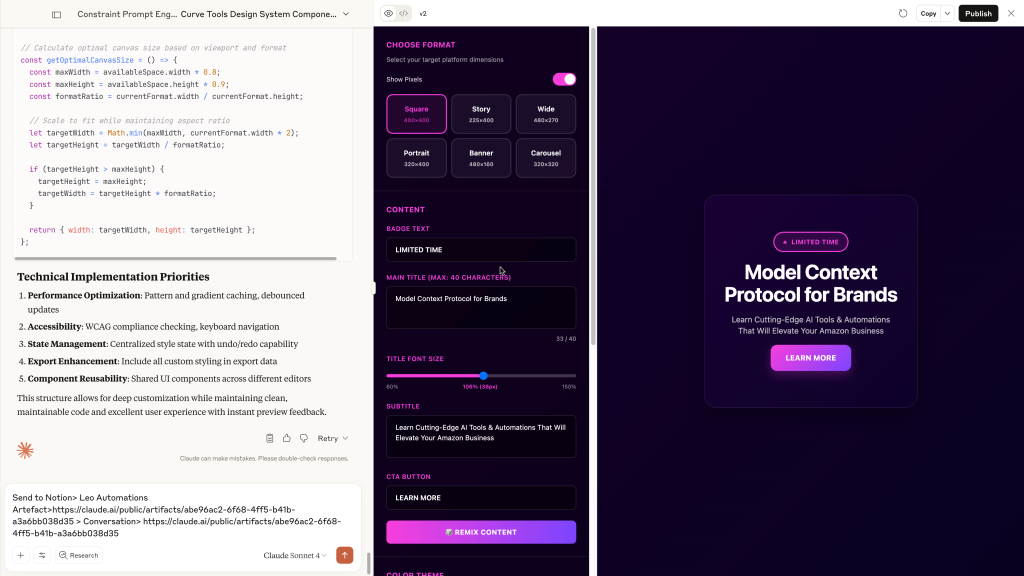
Trigger System:
When I say “Send to Notion for Leo’s MCP project,” the system automatically:
- Parses the command to identify:
- Target Notion project (Alex Design, DataDive, etc.)
- Source Claude project conversations
- Conversation and artefact URLs
- Resolves database connections across 7 configured project areas
- Creates structured deliverables:
- Handoff document with context and decisions
- Links to conversation (full reasoning)
- Links to artefacts (working code/designs)
- Action items with clear ownership
The Volume/Accuracy Advantage:
- High Volume: Multiple complex technical discussions daily
- High Accuracy: Engineers get the complete context, not my interpretation
- Zero Admin Overhead: Documentation happens automatically
- Perfect Handoffs: Engineers see my exact thinking process
Business Impact by Team Member
Great designers need time to produce excellent work. However, we’re caught in a triangle between AI Slop, rigid automation, and developing better solutions (Nano Banana gets you part of the way). I’m currently building workflows and tools that allow my designer to focus on his unique talent—the 10% of his work that truly differentiates him from everyday designers.
The Zero-Push Project Management System
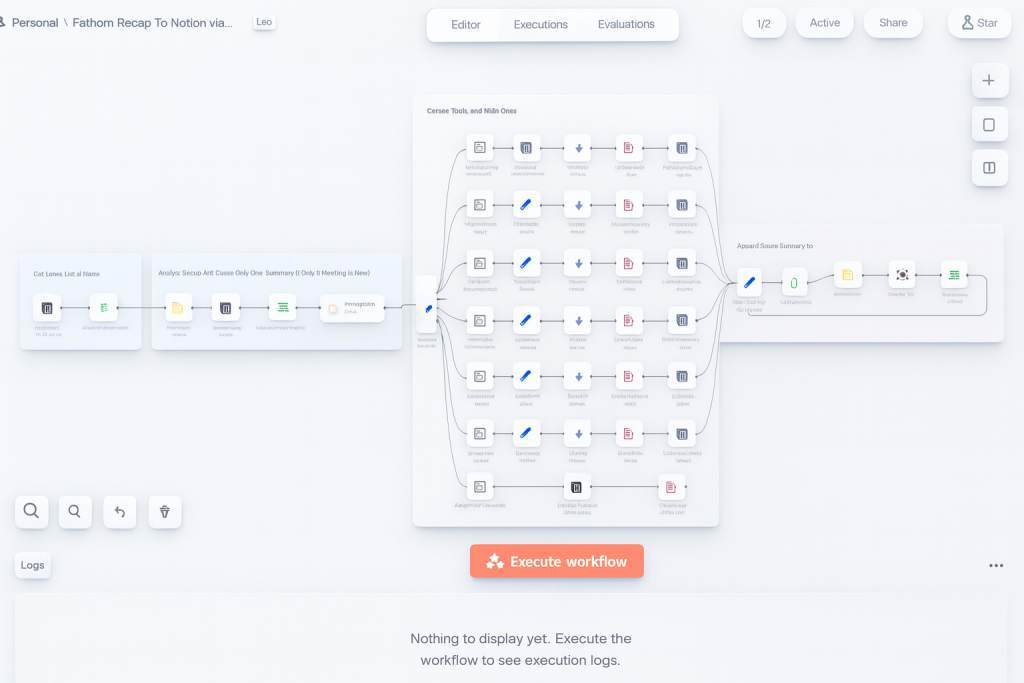
The Problem with Traditional PM Tools: Most project management requires constant data pushing—creating tasks, assigning people, setting deadlines, tracking progress. For someone with ADHD managing multiple teams, this administrative overhead becomes a productivity killer.
My Solution: Meeting-Driven Task Generation
The “Reflective Mirror” Workspace:
- Both the team and I see identical task views
- Teams handle “rounding errors” from AI extraction
- No back-and-forth clarification needed
- Complete autonomy for task management
Bird’s Eye View Dashboard:
- Overview of all meetings and tasks across teams
- MCP integration for instant status updates
- “Claude, give me an update on Leo’s automation projects”
- Information available at fingertips, not buried in tools
The Strategic Advantage
Zero Administrative Overhead: I rarely create tasks, assign people, or push data around. Conversations become project management automatically.
Perfect Information Flow: Teams get context-rich tasks with full reasoning, not stripped-down ticket descriptions.
Autonomous Team Operation: Teams manage themselves while I maintain visibility and can intervene when needed.
This system lets me operate as a technical founder without drowning in coordination overhead. I make technical decisions at conversation speed, while my team receives structured, actionable documentation.
The URL links are crucial—they provide the “why” behind every decision, which is often more valuable than the “what” for skilled engineers adapting implementations to real-world constraints.
Advanced Capabilities: Component Libraries and Visual Debugging
High-Speed Development with Component Libraries
The Development Challenge: Working with multiple engineering teams (three engineers + DataDive team) on numerous projects creates a speed bottleneck when building from scratch every time.
My Solution: Component-Based Development System
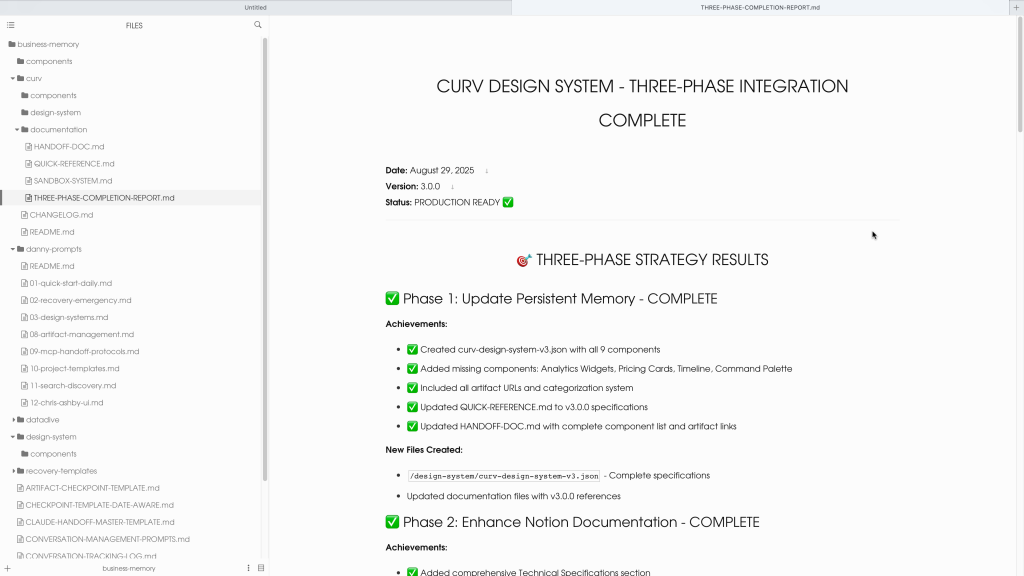
Persistent Memory for Development

The Speed Advantage:
- No Reinventing: Components get assembled, not built from scratch
- Consistent Quality: Proven patterns reduce bugs and inconsistencies
- Rapid Prototyping: Ideas to working demos in minutes, not hours
- Team Efficiency: Engineers receive component-based specifications, not blank slates
Playwright: Giving Claude Visual Capabilities
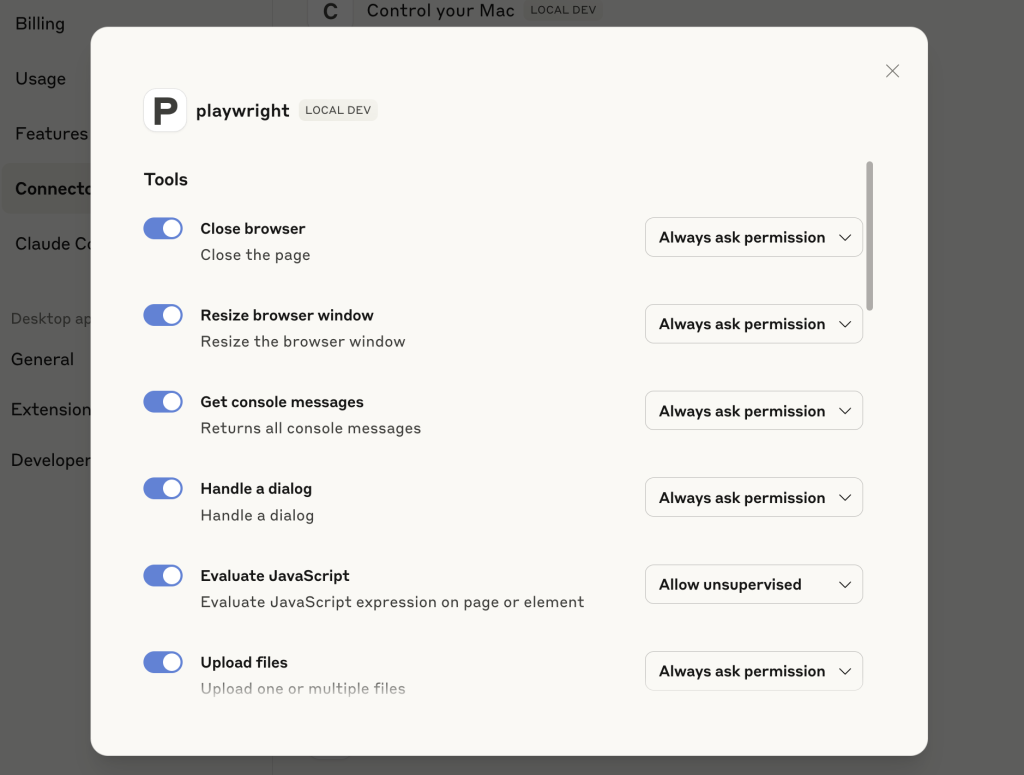
The Flying Blind Problem: Traditional AI development has a critical flaw – Claude can write code, but can’t see the actual rendered output.
Without Visual Feedback:
- Debugging becomes purely theoretical
- Users must describe visual problems (communication gaps)
- Iterative design becomes inefficient
- “The button doesn’t look right” requires guesswork
What Playwright Enables:
- Screenshot Capability: See actual rendered artefacts
- Element Interaction: Test buttons, forms, and functionality
- Responsive Testing: Check different viewport sizes
- Error Detection: Capture console output and JavaScript errors
- State Verification: See hover effects, animations, transitions
This transforms Claude from working “flying blind” into a developer who can see and verify their work—essentially giving it eyes for debugging and visual verification.
Security: The Reality Check
The Risk Landscape
Let’s address security concerns directly. Yes, there are risks with MCPs:
- Prompt injection: Malicious instructions hidden in websites or emails
- Data access: MCPs can read and modify your business data
- API exposure: Credentials potentially accessible if compromised
The Context of Amazon Selling
But consider your current risk profile as an Amazon seller:
- Account suspensions can happen overnight
- False trademark claims shut you down first, ask questions later
- Grey-hat practices (friends/family reviews, boundary-pushing giveaways)
- Amazon itself is a high-risk platform
The question isn’t whether MCPs are perfectly secure—they’re not. The question is whether the productivity gains justify the manageable risks.
Real-World Desktop Implementation
My Personal Experience
I have Claude Desktop controlling my Mac completely. Here’s what it accomplished:
File Organisation Project:
- Rebuilt years of accumulated documents
- Restructured folder hierarchies
- Created logical naming conventions
- Moved everything to the proper locations
Stages of Implementation:
- Local desktop cleanup and organisation
- Google Drive restructuring (years of data)
- Email inbox filtering and categorisation
The Maintenance Crew Concept
If you’re naturally disorganised (like me), Claude becomes your digital maintenance crew:
- Screenshots from app development get labelled and filed
- Desktop clutter gets cleared and organised
- Documents get moved to the appropriate folders
- File naming becomes consistent
You’re already using MCPs without knowing it. When you use Genspark’s “Super Agent” or see Perplexity coordinate multiple AI models seamlessly, that’s MCP technology at work.
But here’s what most people miss: while everyone debates which AI is better, smart operators are quietly building unfair advantages using the connections between tools.
I’m sharing this because of my extensive experience with engineering teams since 2008, managing three engineers and a designer across two businesses, alongside my weekly commitments with Data Dive. What I’ve discovered will change how you think about workflow efficiency.
3.Why Traditional Automation Falls Short
After 10 years in this industry—starting as a seller and running an agency for almost eight years—sellers face one universal challenge: Time.
They maintain endless lists of tasks:
- External traffic strategies
- n8n workflow automation
- Chatbot implementations
- PPC optimisations
Always on the list. Never actually implemented.
The n8n Reality Check
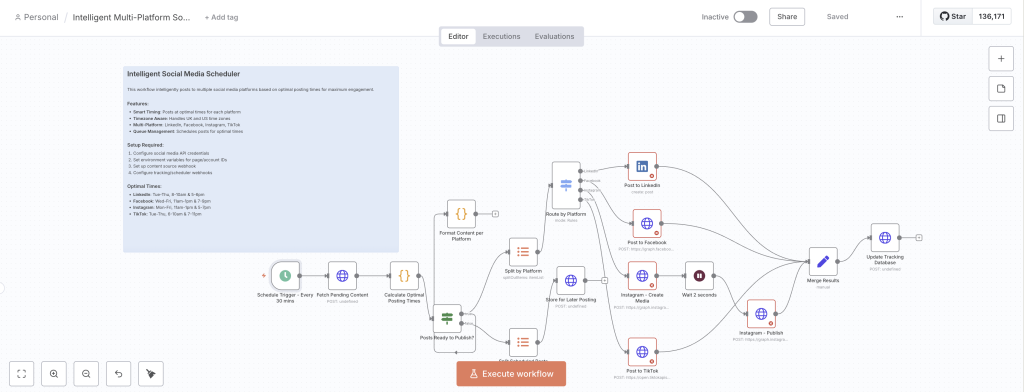
Why I Don’t Use n8n Directly
The Expert’s Curse: Once I became technically trained in music production, I lost the magic of creativity. The same principle applies here.
My Rule: No interest in learning code. I want to focus on the idea.
The Problem with Expertise: When you see yourself as an expert versus a student, you bake in limitations. You start thinking “that can’t be done” because your experience tells you so.
Your Billion-Dollar Brain vs. Technical Implementation
The Domain Knowledge Advantage
As an Amazon seller, you possess irreplaceable domain knowledge:
- Market understanding
- Supplier relationships
- Customer behavior insights
- Operational expertise
The moment you put yourself in a technical box, you lose this advantage.
The ROI Reality
If you’re generating seven figures annually:
- Your hourly rate is substantial
- Technical implementation could save hundreds of hours yearly
- But: You’re spending months tweaking code instead of strategizing
Better approach: Pay someone $25-50/hour for implementation while you focus on what you’re exceptional at.
Where Traditional Automation Breaks Down

The Assumptions Problem
Traditional tools assume predictable workflows, but Amazon reality is different:
What You Can’t Automate
- Judgment calls based on market experience
- Strategic pivots during competitive attacks
- Gut instincts from years of selling
- Creative problem-solving for unique situations
The Hidden Costs of DIY Automation
Time Investment Reality
Setting up n8n for an Amazon business:
The LinkedIn “Free Flow” Scam
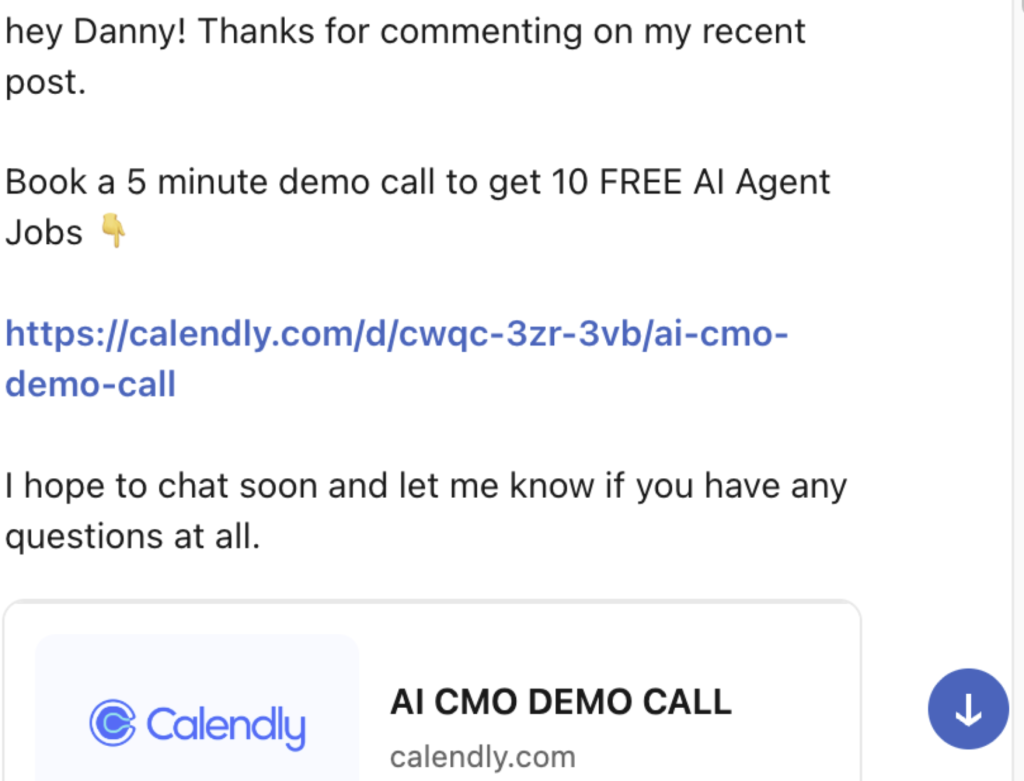
Real Examples:
- Guy promising “revolutionary flow for scaling your Amazon Business”
- Had to scroll six screens past self-promotion to find the flow
- Flow was complete junk with errors
- Wouldn’t run without extensive debugging
- “Game-changing automation flow”
- Link went to calendar booking page
- No actual flow provided
- Pure lead generation tactic
Reality: Half are bait-and-switch lead gen, half are useless flows built for specific use cases that won’t meet your needs.
4.The Hallucination Problem and How MCPs Solve It
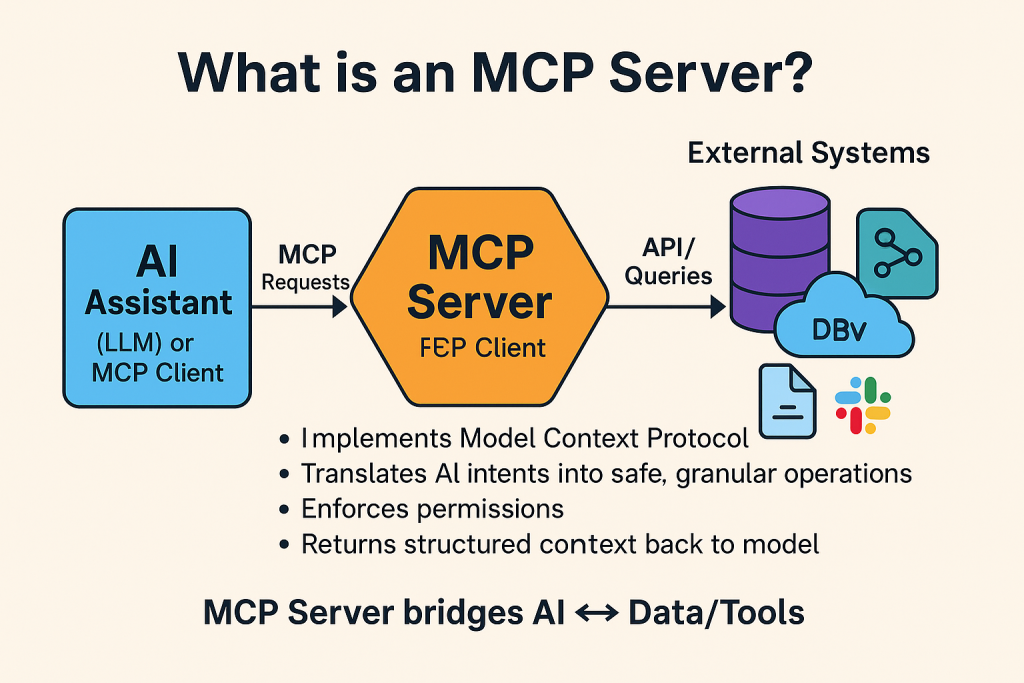
Large language models often hallucinate—serving up invented but convincing data when real information isn’t available. MCPs change the game by grounding AI in your actual business data instead of generic predictions.
The Real Problem: Prediction vs. Observation
Why Hallucinations Happen:
AI models are “prediction engines” that generate what seems statistically likely, not what’s objectively true, especially when source data is missing.
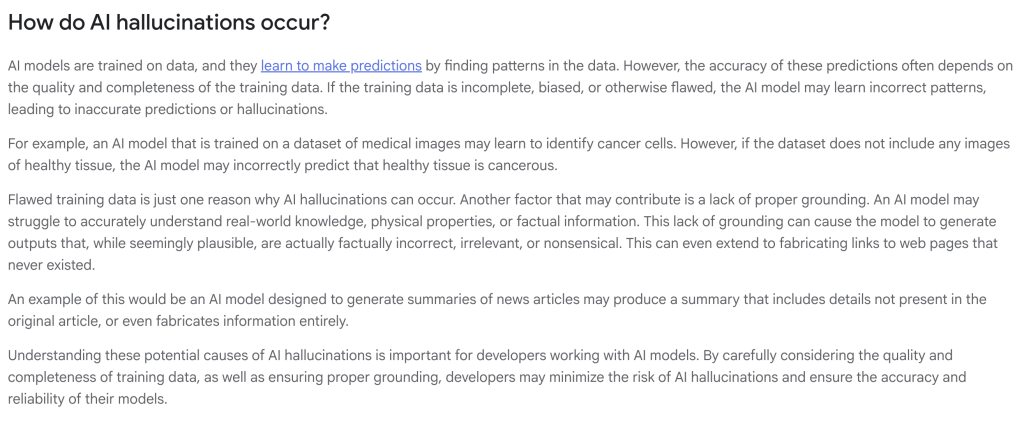
Across industries, MCPs typically cut hallucinations by 70-80%. In some fields, results are even more dramatic—one financial study found that conventional LLMs hallucinated 50% of data points, but adding an MCP dropped errors from “50% to 0%” for quantitative questions.
The Amazon Seller Problem
When you ask AI tools for Amazon data without MCPs:
The “Pretty Reports” Problem

The Issue Chain:
- Amazon blocks automated scraping attempts
- When scraping fails, tools fall back on language models
- Reports look professional but contain fabricated data
- Users make business decisions on unreliable information
The Genspark Problem
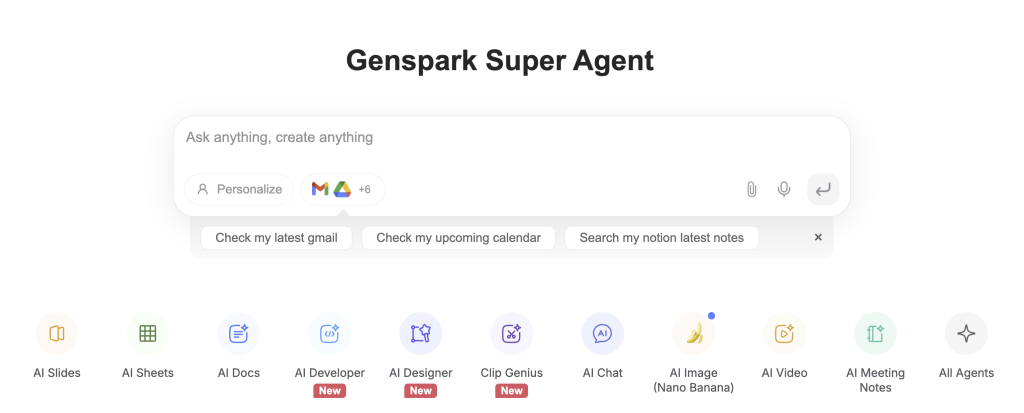
When Genspark generates “pretty reports” about Amazon rankings, users report issues:
Real users see this too:
- “Our ‘Amazon ranking’ report looked perfect, but the SERPs weren’t even close.” (Trustpilot)
- “Traffic projections were way off, based on invented numbers scraped from thin air.”
Meanwhile, 77% of enterprises believe AI hallucinations could “cost millions annually”.
Why MCPs Give You Flexibility
The Anti-Scraping Advantage

Claude’s Computer Use Beta: A Different Approach

Anthropic’s Computer Use beta prioritizes safety:
Security vs Speed:
- Comet and Genspark feel faster (fewer security checks)
- Claude requires more initial setup
- For Amazon sellers: Extra security may justify setup friction
The Mental Model Shift
Think of MCPs as: Moving AI from “creative consultant making educated guesses” to “analyst working with your real data.”
Setting Realistic Expectations
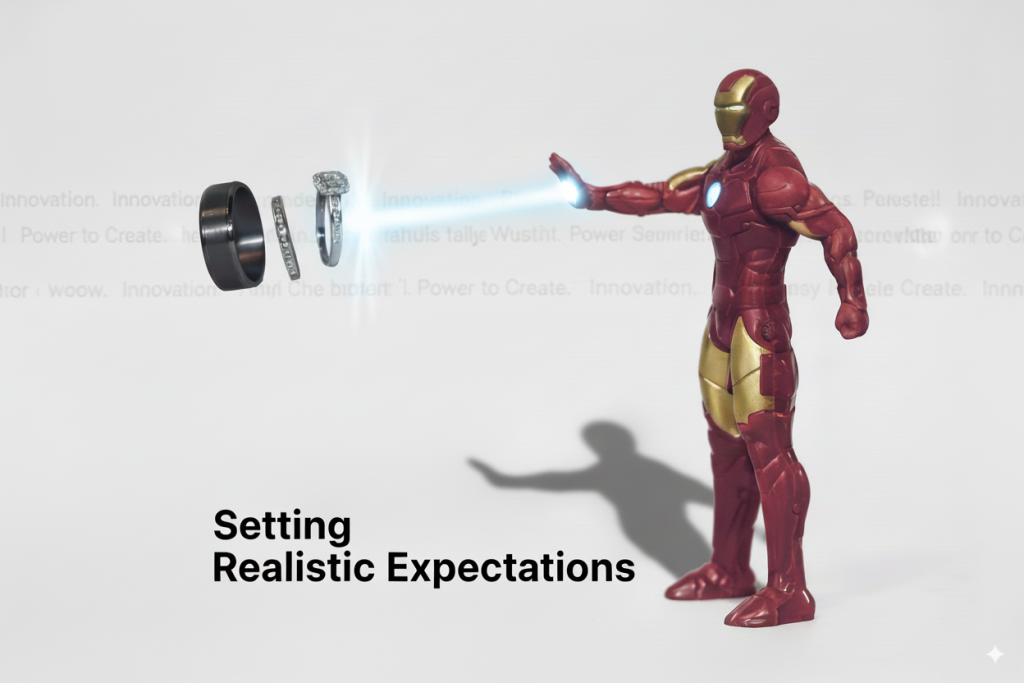
You Still Need To:
- Verify critical data before major decisions
- Cross-reference metrics with source systems
- Maintain healthy skepticism about AI-generated insights
- Use human judgment for strategic decisions
But the improvement is massive: From ~30% reliability to ~85% reliability means you can trust most outputs for daily operations while focusing your verification efforts on the most critical decisions.
As Trend Micro notes: “Agents compose semantically relevant morphemes to satisfy intent even in the absence of exact matches. The result is statistically convincing yet entirely imaginary.”
5.Practical MCP Applications for Amazon Sellers
Native Claude Desktop Connectors
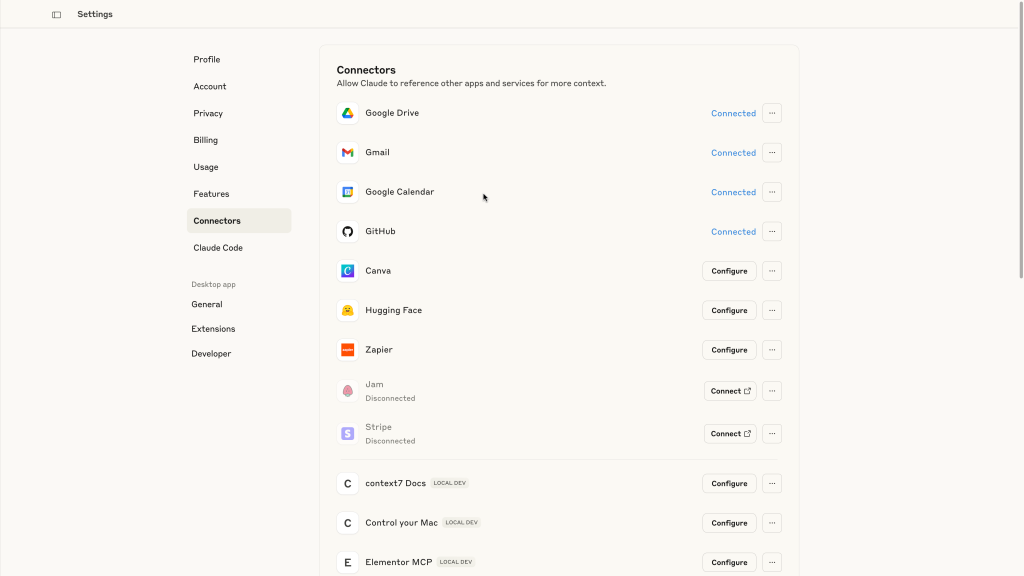
Out-of-the-Box Solutions (5% Difficulty)
These work instantly with Claude Desktop – just toggle and authenticate:
Advanced MCPs for Amazon Sellers
Amazon Seller Central Integration
Current Status: Beta API integration available for US accounts only
Core Capabilities:
Setup Complexity Overview
Understanding the Setup Process
What Actually Happens (Demystified)
When you set up an MCP, Claude creates configuration files:
The Three Terminal Actions
API Setup Process (20-40% Difficulty)
Typical Steps:
- Google Cloud Console (or service API page)
- Create Project (following screenshots)
- Enable API (click ‘Enable’ button)
- Generate Credentials (copy/paste)
- Configure in Claude (paste credentials)
Real-World Workflow Examples

Daily Operations Automation
Accounting Reconciliation Workflow
Process Flow:
- Gmail MCP → Reads invoice emails automatically
- Extract → Amounts and vendor details
- Sheets MCP → Updates expense tracker
- Generate → Daily P&L summary
Inventory Management System
Process Flow:
- Seller Central MCP → Checks current stock levels
- Analyze → Sales velocity from historical data
- Calculate → Reorder points automatically
- Alert → Items needing attention
Competitive Intelligence
Competitor Monitoring Workflow
Process Flow:
- Web Scraping MCP → Checks competitor listings
- Track → Price changes and stock status
- Compare → With your pricing strategy
- Generate → Opportunity reports
PPC Campaign Optimization
Process Flow:
- Pull → Campaign data from spreadsheets
- Analyze → Performance metrics
- Identify → Wasted spend patterns
- Suggest → Bid adjustments
- Create → Optimization reports
6.Setup Reality: 15-30 Minutes, Not Days
The Two-Track System
Type 1: Directory Connectors (Instant)
Process:
- Toggle switch in Claude Desktop
- Authenticate with your account
- Start using immediately
- Zero technical knowledge required
Available Instantly:
- Gmail search and analysis
- Google Drive file access
- Calendar integration
- Notion workspace access
- Slack message search
Type 2: Manual MCPs (30 Minutes Maximum)
Process:
- Find GitHub repository
- Give Claude the URL
- Follow the screenshot instructions
- Paste a few commands
That’s it. No weekend courses. No certification programs. No months of learning.
Real Timeline Examples
My Actual Setup Times
The £25,000 Story
Earlier this year, I spent £25,000 building a custom ticketing platform:
- Development: Months of work
- Result: Black hole nightmare to use
- MCP Solution: 5-10 minutes to pull all order data
- Data Quality: Perfect accuracy, structured exactly as needed
The lesson: Sometimes the “simple” solution is better than the expensive custom build.
What “Technical” Actually Means
Breaking Down the Scary Terms
The Reality Check
Terminal Commands Decoded
When Claude says:
You do:
- Copy that text
- Paste in terminal
- Press Enter
- Screenshot if there’s an issue
- Claude tells you what to do next
That’s the actual process. Not elegant, but it works.
The Psychological Barrier

What Holds People Back
The Expectation Problem:
- Used to software requiring weeks of implementation
- Expect enterprise solutions with consultants
- Anticipate training programs and certifications
MCP Reality:
- More like browser extensions
- Add them, they work, move on
- Trivial setup compared to the value delivered
Your Setup Options
DIY: The Screenshot Method
How Non-Technical People Succeed:
- Take a screenshot at every step
- When something looks wrong, show Claude
- Claude tells you exactly what to click/type
- Continue until it works
Time Investment: 30-60 minutes total
Cost: Your time only
Hire Help: The Upwork Alternative
When to Get Professional Help:
- Competent programmer: $25-35/hour
- Total time: 8-15 hours for complete setup
- Total cost: $400-600
- Your time saved: Focus on business strategy
Best for: High-volume sellers who value time over money
Start Safe Protocol
Common Setup Issues & Quick Fixes
The Bottom Line
Setup Reality: 15-30 minutes for most MCPs, not the weeks you might expect.
Success Strategy: Start with read-only access, use screenshots liberally, and don’t hesitate to hire help if you value your time.
Mental Model: Think browser extensions, not enterprise software implementations.
7.Security Considerations and Best Practices
Risk Assessment Without Fear-Mongering

The Real Threat Landscape
Primary MCP Risks
Your Current Amazon Risk Profile
Practical Security Implementation
Graduated Access Strategy
Phase 1: Read-Only Testing
Safe Starting Points:
- Financial Data: View only (Minimal risk)
- Email: Read only (Low risk)
- Documents: Search only (Minimal risk)
- Spreadsheets: View only (Low risk)
Duration: 1-2 weeks of testing
Phase 2: Controlled Writing
Implementation Steps:
- Test with non-critical data first
- Monitor all changes carefully
- Document access patterns
- Build confidence through experience
Duration: 2-3 weeks of gradual expansion
Isolation Zone Architecture
MCP Security Vetting Process

Selection Criteria vs. Red Flags
Quality Indicators ✓
- Official MCP directory inclusion (Anthropic reviewed)
- 500+ GitHub stars (Community validated)
- Active maintenance (Updates within 3 months)
- Clear documentation about data handling
- OAuth implementation (No password storage)
- Granular permissions (Controllable access)
Red Flags to Avoid ⚠️
- <100 GitHub stars → Avoid completely
- No recent updates → Request maintenance status
- Unclear data practices → Demand documentation
- Password-based auth → Use OAuth alternatives only
- Vague permissions → Require specific controls
- No audit trail → Find alternatives with logging
Risk Mitigation by Use Case
Email MCP Security
Threats
- Unknown sender processing
- Scraped content injection
- Account compromise
- Prompt injection attacks
Protection Measures
- Never automate unknown senders
- Review content before Claude processing
- Use separate email for MCP operations
- Implement content filtering rules
Financial Data Protection
Audit Requirements:
- Keep logs of all MCP financial actions
- Weekly review of access patterns
- Monthly audit of permissions
Web Scraping Safety
The Competitive Security Advantage
Security as Strategy
While Competitors Are:
- Paralyzed by security fears
- Being reckless with implementation
- Avoiding AI automation entirely
- Using insecure workarounds
You’re Building:
- Secure, efficient workflows
- Unreplicable operational advantages
- Controlled risk with maximum upside
- Professional-grade security controls
Investment in Proper Security
Investment Requirements:
- Cost: $500-1,000 to security-conscious developer
- Deliverables: Audited setup, access controls, monitoring, recovery procedures
- Timeline: 1-2 weeks for complete implementation
Strategic Benefits:
- Competitive advantage while others hesitate or act recklessly
- Professional-grade security foundation
- Scalable security architecture
- Risk management with maximum upsid
Implementation Security Timeline
Week-by-Week Security Building
Week 1-2: Foundation
- Install Gmail MCP (read-only)
- Install Sheets MCP (read-only)
- Test basic workflows without write access
- Document what works safely
Week 3-4: Controlled Expansion
- Create isolated test spreadsheets
- Allow write access to non-critical data
- Monitor all changes carefully
- Establish review procedures
Week 5-6: Production Integration
- Add one live business workflow
- Implement daily security reviews
- Document any issues or concerns
- Build team confidence through experience
Week 7-8: Full Deployment
- Roll out to team with clear guidelines
- Maintain strict security protocols
- Schedule regular security audits
- Optimize for security and efficiency
Success Criteria: The Balanced Approach
Winners with MCPs will be:
- Neither reckless nor overly cautious
- Understanding risks with eyes wide open
- Implementing proper controls from day one
- Moving forward with calculated confidence
Not:
- Those paralysed by fear of imperfection
- Those rushing blindly without safeguards
The Goal: Controlled risk-taking with maximum upside potential and minimum downside exposure.
8.MCPs vs Other Solutions: When to Use What

The Decision Matrix
When to Use Each Solution
Zapier: Simple & PredictablePerfect for:
Characteristics: Same steps every time |
n8n: Complex WorkflowsOptimal for:
Requirement: Technical person to maintain |
MCPs: Variable & IntelligentIdeal for:
Key: Tasks requiring interpretation |
Custom Code: Unique NeedsEssential for:
Investment: Significant development |
The MCP Sweet Spot
Where Traditional Automation Fails
The Edge Case Problem: Traditional automation spends more time handling exceptions than the original task took. MCPs handle exceptions naturally through contextual understanding.
ROI Decision Framework
Quick Selection Guide
Choose Traditional Automation When:
- Same steps every single time
- High frequency (daily/hourly)
- No judgment calls required
- Clear success/failure criteria
Choose MCPs When:
- Requires your expertise but not creativity
- Variable steps based on context
- Interpretation of data needed
- Irregular but important tasks
ROI Calculation
Example Problem: 40 hours setup for a task done twice monthly saving 2 hours each time = 10-month break-even. Massive opportunity cost.
The Hybrid Stack Approach

Layered Implementation
Foundation Layer (Zapier/n8n)
- Order processing
- Inventory alerts
- Review notifications
- Standard responses
Characteristics: High-frequency, predictable
Intelligence Layer (MCPs)
- Market analysis
- Content creation
- Strategic planning
- Problem-solving
Characteristics: Variable, requires judgment
The Bottom Line
MCPs aren’t replacing traditional automation—they’re filling the gap between “too complex to do manually” and “too variable to automate traditionally.”
Success Criteria: If you’re spending hours on tasks requiring expertise but not creativity, that’s MCP territory.
Tool Philosophy: Use all tools appropriately rather than forcing everything through one solution.
9. Getting Started: Your First MCP
The New Directory Approach (Ridiculously Simple)
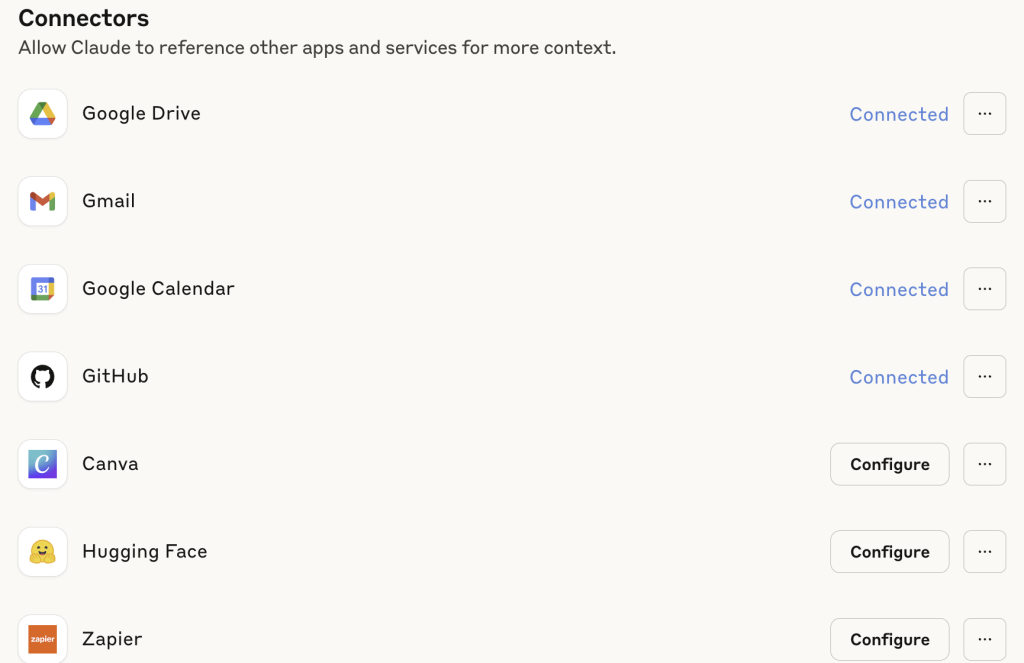
Claude now has a connectors directory making setup like downloading apps from an App Store.
Access Path:
- Look for “Search and tools” menu (bottom of Claude chat)
- Click “Add connectors”
- See available connectors with toggle switches
- Click toggle until it turns blue
That’s it.
Available Directory Connectors
Immediate Amazon Seller Applications
Ready-to-Use Commands (Copy & Paste)
Supplier Management
- “Find all emails from [supplier name] about pricing”
- “Show me supplier communications mentioning delays”
- “What MOQ changes have suppliers mentioned this quarter?”
Business Intelligence
- “What deadlines do I have this month?”
- “Show me all meetings related to Q4 planning”
- “When did I last communicate with each supplier?”
Document Discovery
- “Find my Q3 inventory spreadsheets”
- “Show me all supplier agreements”
- “Where are my product research documents?”
Content Creation
- “Create a product infographic from my listing data”
- “Design a comparison chart for my top 3 products”
- “Make social media posts for my new product launch”
Quick Troubleshooting
10. The Next 12 Months: What’s Coming

Note: Statistics include industry projections and forward-looking estimates based on current adoption trends.
The Scale of Change Coming
Industry Adoption Projections
The Numbers Don’t Lie:
- 90% of AI industry projected to support MCP by early 2025
- Major tech players like Microsoft, Google, and OpenAI now support MCPs
- 1,100+ community servers already developed
- MCP market projected to grow from $1.2 billion in 2022 to $4.5 billion
When Andreessen Horowitz calls 2025 “pivotal” for MCP becoming the default AI-to-tool interface, you pay attention.
Projected Performance Metrics
Marketing Revolution for Amazon Sellers
External Traffic Transformation
If external traffic has been “on your list but never executed” — MCPs change everything.
Traditional Marketing Approach
- Manual report building
- Interface switching
- Scheduled campaign adjustments
- Cross-channel analysis headaches
MCP-Powered Marketing
- Instant visual reports
- Conversational data access
- Real-time bid/budget optimization
- Unified performance comparison
External Traffic Advantage
Your Competitive Timing Window
The Amazon Seller Pattern
I’ve observed this repeatedly over 10 years:
The Aggregator Season (2019-2021):
- Many sellers exited and never returned
- Those who returned couldn’t hit the same heights
- Reason: Timing was off, market conditions changed
The Pattern: Sellers dominate one niche, try another, rarely reach same heights. Problem: Doing everything right, but timing is wrong.
Current Enterprise Success Stories
These aren’t startups experimenting—these are established players gaining massive advantages.
The Agency Opportunity (David vs Goliath)
Why Small Agencies Have the Advantage
The 90% Advantage Window: Small, legitimate agencies can jump ahead of 90% of competitors in volume and accuracy for 2-3 years before large agencies adapt.
What Changes for Agency Clients
Traditional Agency Problems
- Teams building reports instead of optimizing
- Drowning in mundane tasks
- Limited strategic focus
- Manual cross-channel management
MCP-Powered Agency Benefits
- Automated campaign management across all channels
- Instant visual reports with real-time insights
- Complex workflow automation
- Strategic focus while MCPs handle execution
Implementation Reality Check
Hidden Implementation Costs
The only question remaining: Whether you’ll seize this timing opportunity while it’s still available.

